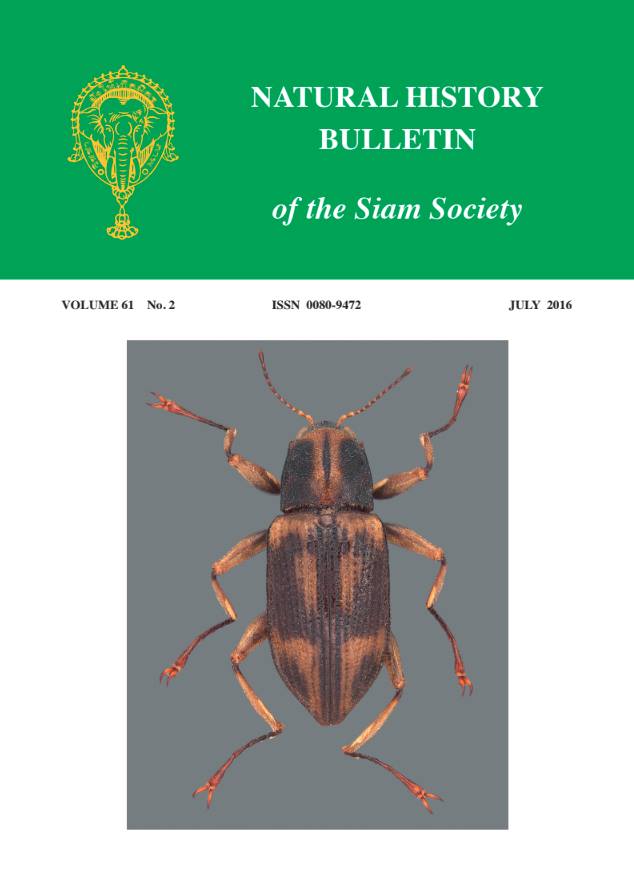Towards a common understanding of the lowland deciduous forests of tropical Asia: South Asia and Indo-Burma compared
Main Article Content
Abstract
The classification of the lowland forests of South Asia, originally presented by H. G. Champion, is now well accepted there; but its application to the east, in Indo-Burma, has been inconsistent and fraught with controversy. The reasons for that are discussed here, and reconciliation proposed. I conclude, first, that the composition of the woody flora should be the definitive criterion for classification of the deciduous forests of tropical Asia, and specifically the presence of characteristic species. Second, I conclude that Champion’s Dry Deciduous forest is currently confined in Indo-Burma to the upper Irrawaddy plain, although the presence in Indo-Burma of a more widespread characteristic species, Cochlospermum religiosum, implies that Dry Deciduous forests, now degraded or converted, once also existed on the northern plains and adjacent foothills from the Chao Phraya to Mekong valleys.


